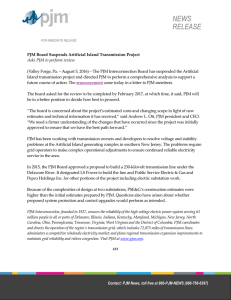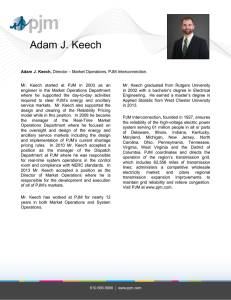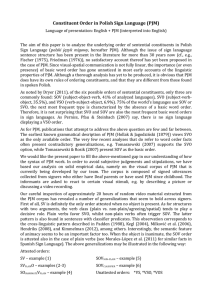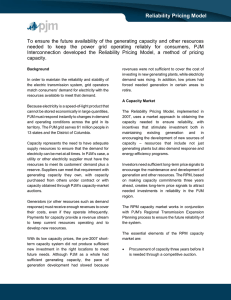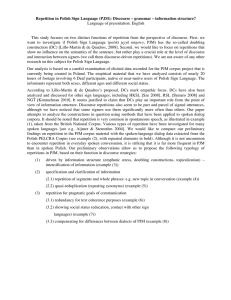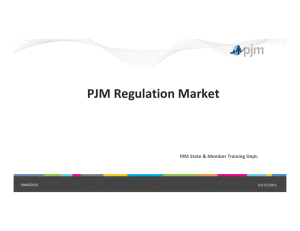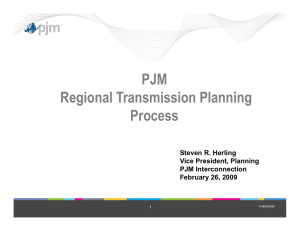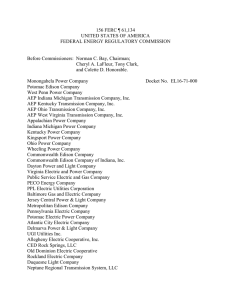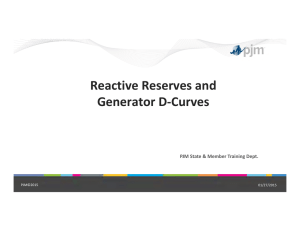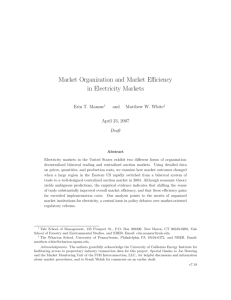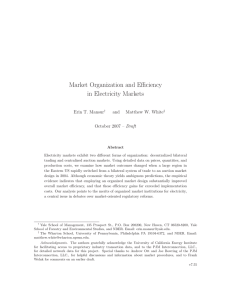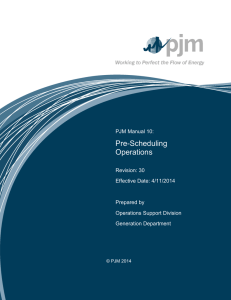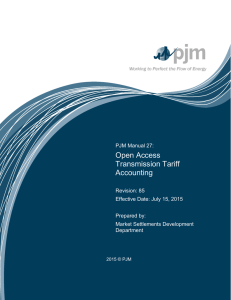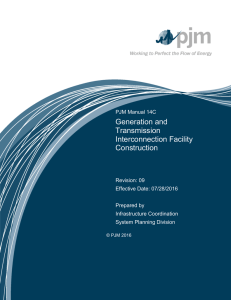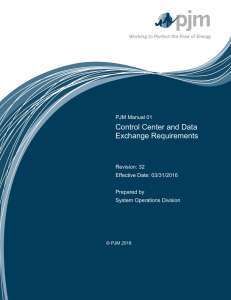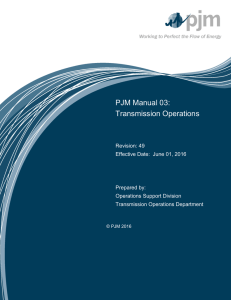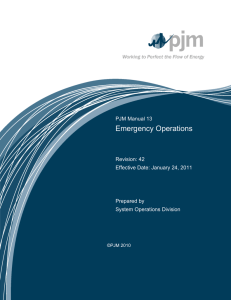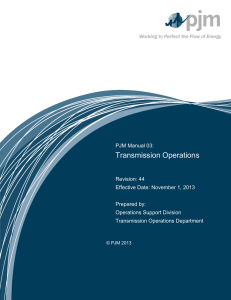Document 12886847
advertisement
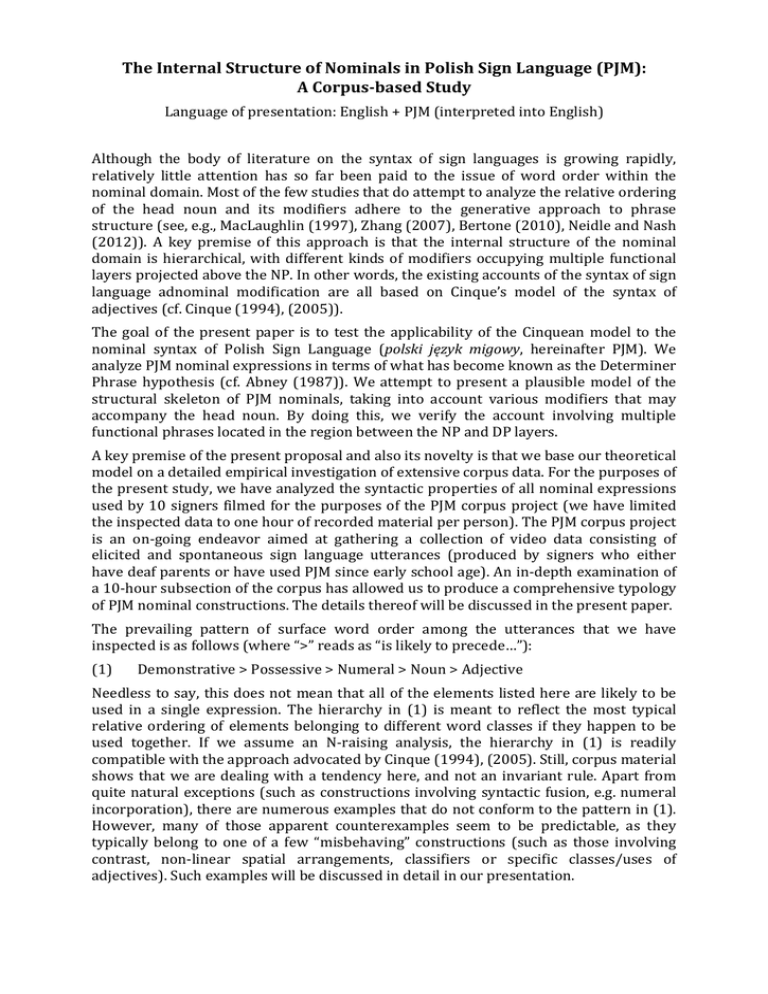
The Internal Structure of Nominals in Polish Sign Language (PJM): A Corpus-­‐based Study Language of presentation: English + PJM (interpreted into English) Although the body of literature on the syntax of sign languages is growing rapidly, relatively little attention has so far been paid to the issue of word order within the nominal domain. Most of the few studies that do attempt to analyze the relative ordering of the head noun and its modifiers adhere to the generative approach to phrase structure (see, e.g., MacLaughlin (1997), Zhang (2007), Bertone (2010), Neidle and Nash (2012)). A key premise of this approach is that the internal structure of the nominal domain is hierarchical, with different kinds of modifiers occupying multiple functional layers projected above the NP. In other words, the existing accounts of the syntax of sign language adnominal modification are all based on Cinque’s model of the syntax of adjectives (cf. Cinque (1994), (2005)). The goal of the present paper is to test the applicability of the Cinquean model to the nominal syntax of Polish Sign Language (polski język migowy, hereinafter PJM). We analyze PJM nominal expressions in terms of what has become known as the Determiner Phrase hypothesis (cf. Abney (1987)). We attempt to present a plausible model of the structural skeleton of PJM nominals, taking into account various modifiers that may accompany the head noun. By doing this, we verify the account involving multiple functional phrases located in the region between the NP and DP layers. A key premise of the present proposal and also its novelty is that we base our theoretical model on a detailed empirical investigation of extensive corpus data. For the purposes of the present study, we have analyzed the syntactic properties of all nominal expressions used by 10 signers filmed for the purposes of the PJM corpus project (we have limited the inspected data to one hour of recorded material per person). The PJM corpus project is an on-­‐going endeavor aimed at gathering a collection of video data consisting of elicited and spontaneous sign language utterances (produced by signers who either have deaf parents or have used PJM since early school age). An in-­‐depth examination of a 10-­‐hour subsection of the corpus has allowed us to produce a comprehensive typology of PJM nominal constructions. The details thereof will be discussed in the present paper. The prevailing pattern of surface word order among the utterances that we have inspected is as follows (where “>” reads as “is likely to precede…”): (1) Demonstrative > Possessive > Numeral > Noun > Adjective Needless to say, this does not mean that all of the elements listed here are likely to be used in a single expression. The hierarchy in (1) is meant to reflect the most typical relative ordering of elements belonging to different word classes if they happen to be used together. If we assume an N-­‐raising analysis, the hierarchy in (1) is readily compatible with the approach advocated by Cinque (1994), (2005). Still, corpus material shows that we are dealing with a tendency here, and not an invariant rule. Apart from quite natural exceptions (such as constructions involving syntactic fusion, e.g. numeral incorporation), there are numerous examples that do not conform to the pattern in (1). However, many of those apparent counterexamples seem to be predictable, as they typically belong to one of a few “misbehaving” constructions (such as those involving contrast, non-­‐linear spatial arrangements, classifiers or specific classes/uses of adjectives). Such examples will be discussed in detail in our presentation. References: Abney, Steven P. (1987), The English Noun Phrase in its Sentential Aspect, Ph.D. Dissertation, MIT, Cambrige, MA. Bertone, Carmela (2010), “The Syntax of Noun Modification in Italian Sign language (LIS)”, in: Working Papers in Linguistics 2009, Venezia: Dipartimento di Scienze del Linguaggio, Università Ca' Foscari, pp. 7-­‐28. Cinque, Guglielmo (1994), “On the Evidence for Partial N-­‐Movement in the Romance DP”, in: Guglielmo Cinque, Jan Koster, Jean-­‐Yves Pollock, Luigi Rizzi and Raffaella Zanuttini (eds.), Paths Towards Universal Grammar: Studies in Honor of Richard S. Kayne, Washington: Georgetown University Press, pp. 85-­‐110. Cinque, Guglielmo (2005), “Deriving Greenberg's Universal 20 and Its Exceptions”, Linguistic Inquiry 36, pp. 315-­‐332. MacLaughlin, Dawn (1997), “The Structure of Determiner Phrases: Evidence from American Sign Language”, Ph.D. Dissertation, Boston University, Boston, MA. Neidle, Carol and Joan Nash (2012), “The noun phrase”, in: Roland Pfau, Markus Steinbach and Bencie Woll (eds.), Sign Language: An International Handbook (Handbücher zur Sprach-­‐ und Kommunikationswissenschaft / Handbooks of Linguistics and Communication Science: 37), Berlin: De Gruyter Mouton, pp. 265-­‐292. Zhang, Niina Ning (2007), “Universal 20 and Taiwan Sign Language”, Sign Language & Linguistics 10, pp. 55-­‐81.
